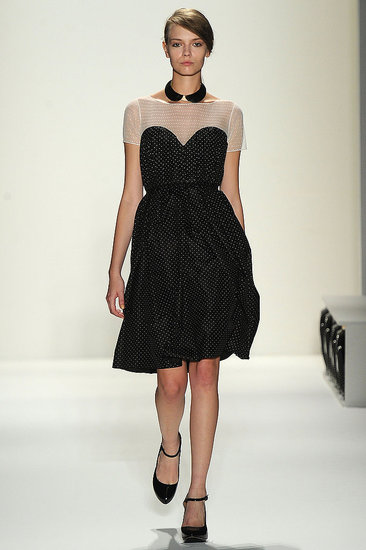How I feel I carried out my roles
My roles within the group were build lead and budget manager. I found it difficult to carry out these roles and feel I would have been much better suited to sourcing props because I enjoy interior design and the creative aspects behind photography. One of the drawbacks of my jobs was that they weren't a constant thing I could work on.
I made an effort to voice my thoughts about the build when we had test shoots in the lead up to the build week and tried to take an active role in erecting the set when it came to the construction. It was hard to stay on top of the build and direct people when as a group we all got on with it and didn't need a lot of guidance.
When carrying out the role of managing the budget, I produced a spreadsheet involving a list of what we needed with columns for details, cost and who payed for these items; as well as what our total budget was and how much we had spent so far while I was updating it throughout the lead up to the build. We spent a third over our budget which surprised me because I updated the spreadsheet with things I wasn't aware we had bought or even needed for the construction of the set after it was over. I feel there was a big breakdown in communication throughout the weeks we were working on this project. We needed to meet up more often in person to talk about the set build and communicate better with each other as to what moves we were making within the group.
Despite it not being my responsibility within the group, I contributed towards researching and sourcing fashion items. See here.
When carrying out the role of managing the budget, I produced a spreadsheet involving a list of what we needed with columns for details, cost and who payed for these items; as well as what our total budget was and how much we had spent so far while I was updating it throughout the lead up to the build. We spent a third over our budget which surprised me because I updated the spreadsheet with things I wasn't aware we had bought or even needed for the construction of the set after it was over. I feel there was a big breakdown in communication throughout the weeks we were working on this project. We needed to meet up more often in person to talk about the set build and communicate better with each other as to what moves we were making within the group.
Despite it not being my responsibility within the group, I contributed towards researching and sourcing fashion items. See here.





































